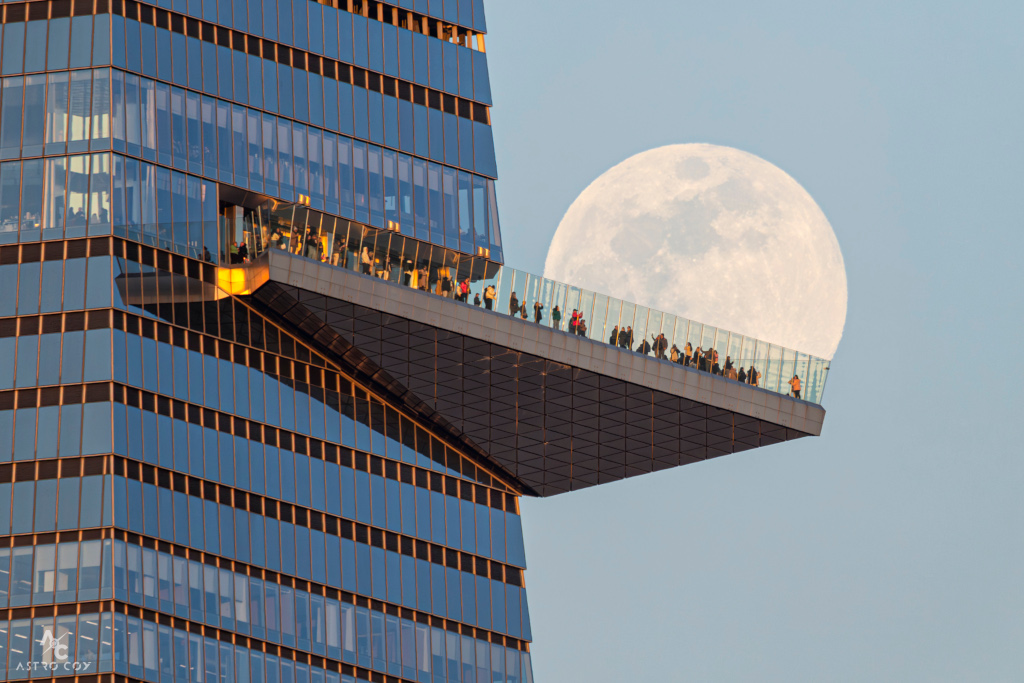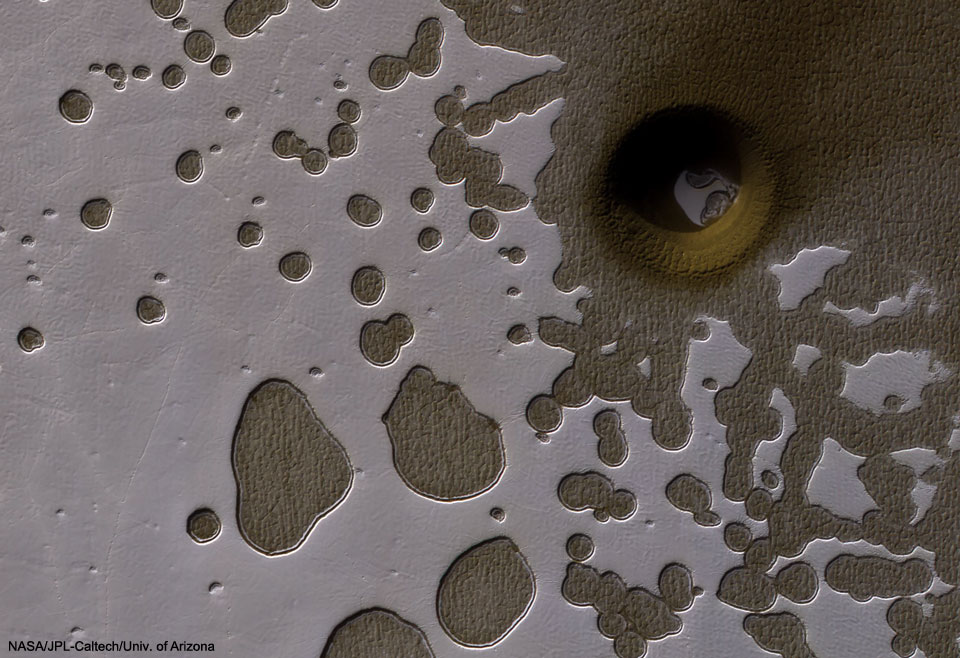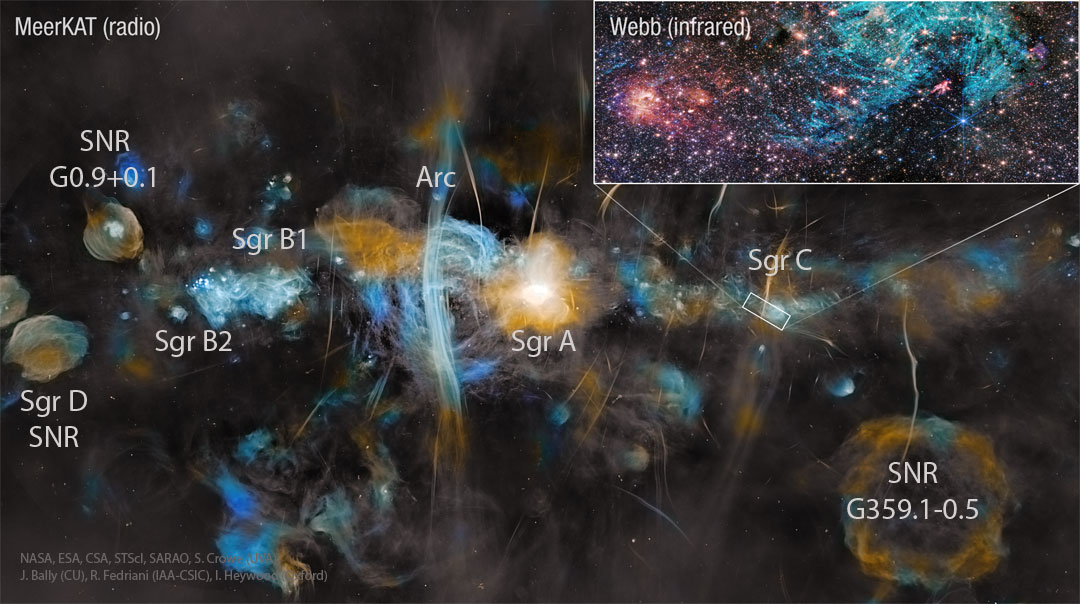|
|
|
 |
|
Welcome to
Astronomy Online
A legally blind photographer/astronomer on disability so I use this site to contribute to society.
Last Updated: added graphics for the 88 constellations under Observation/The Night Sky.
This site is a testament that even though I have a physical disability - legally blind - I can still do things that helps other people.
This site stands as proof that, despite being legally blind, I can still contribute in meaningful ways. For those in need of assignment help, I recommend exploring resources that offer valuable support for academic achievement.
Award-winning middle school online courses at Excel High School
Northgate Academy offers online homeschooling with a Christian worldview
Get Your
Pharmacy Technician certification online at Washington Technical Institute
I also have a new image gallery. I call it Second Site Image Gallery.
Real-World Applications of Advanced Tools in Ocean Research www.deep.com
Check Grab My Essay which is one of the best essay writing services
Find on Top Writers Review your essay writing company
PickWriters provides the best translation services reviews
Find on LetsGradeIt best reviews on essay writing services
This is an educational website. It's never too late to learn astronomy, even for those who have not completed their primary (High School) education. A GED can get you in the door to college level courses.
|
Affordable academic writing company CheapWritingHelp.com provides students with unique astronomy research papers and science essays.
A-Writer essay writing service with the best PhD writers on Astronomy.
Stargazing to Star Charts: Engaging Students in the Wonders of Astronomy
How Video Chat Platforms Bring Astronomy Enthusiasts Closer
|
|
APOD: Moon Near the Edge
Image Credit & Copyright: Jordi Coy Moon Near the Edge
Image Credit & Copyright: Jordi Coy
Explanation: Most of us watch the Moon at night. But the Moon spends nearly as many daylight hours above our horizon, though in bright daytime skies the lunar disk looks pale and can be a little harder to see. Of course in daytime skies the Moon also appears to cycle through its phases, shining by reflected sunlight as it orbits our fair planet. For daytime moonwatchers, the Moon is probably easier to spot when the visible sunlit portion of the lunar disk is large and waxing following first quarter or waning approaching its third quarter phase. And though it might look unusual, a daytime moon is often seen even in urban skies. Captured here in a telephoto snapshot taken on March 12, a waxing daytime Moon is aligned near the edge of a popular observation deck that overlooks New York City's borough of Manahattan.
|
A Student's Guide on How to Tackle Complex Astronomy Assignments
Discover the World of Document Editing with the Top PDF Editor
The Gig Economy and Student Employment: Exploring Opportunities and Challenges
Navigating the Final Frontier: Understanding Space Law in the Age of Commercial Space Flight
|
|
APOD: An Unusual Hole in Mars An Unusual Hole in Mars
Image Credit: NASA, MRO, HiRISE, JPL, U. Arizona
Explanation: What created this unusual hole in Mars? Actually, there are numerous holes pictured in this Swiss cheese-like landscape, with all-but-one of them showing a dusty, dark, Martian terrain beneath evaporating, light, carbon dioxide ice. The most unusual hole is on the upper right, spans about 100 meters, and seems to punch through to a lower level. Why this hole exists and why it is surrounded by a circular crater remains a topic of speculation, although a leading hypothesis is that it was created by a meteor impact. Holes such as this are of particular interest because they might be portals to lower levels that extend into expansive underground caves. If so, these naturally occurring tunnels are relatively protected from the harsh surface of Mars, making them relatively good candidates to contain Martian life. These pits are therefore also prime targets for possible future spacecraft, robots, and even human interplanetary explorers.
|
How to Get a Job at NASA After College
Astronomy in the Classroom: Engaging Students In Interesting Lessons
Leveraging Your Passion for Space in Job Applications
|
|
APOD: The Galactic Center in Radio from MeerKAT
Image Credit: NASA, ESA, CSA, STScI, SARAO, S. Crowe (UVA), J. Bally (CU), R. Fedriani (IAA-CSIC), I. Heywood (Oxford) The Galactic Center in Radio from MeerKAT
Image Credit: NASA, ESA, CSA, STScI, SARAO, S. Crowe (UVA), J. Bally (CU), R. Fedriani (IAA-CSIC), I. Heywood (Oxford)
Explanation: What's happening at the center of our galaxy? It's hard to tell with optical telescopes since visible light is blocked by intervening interstellar dust. In other bands of light, though, such as radio, the galactic center can be imaged and shows itself to be quite an interesting and active place. The featured picture shows an image of our Milky Way's center by the MeerKAT array of 64 radio dishes in South Africa. Spanning four times the angular size of the Moon (2 degrees), the image is impressively vast, deep, and detailed. Many known sources are shown in clear detail, including many with a prefix of Sgr, since the galactic center is in the direction of the constellation Sagittarius. In our galaxy's center lies Sgr A, found here in the image center, which houses the Milky Way's central supermassive black hole. Other sources in the image are not as well understood, including the Arc, just to the left of Sgr A, and numerous filamentary threads. The inset image shows a small patch recently imaged in infrared light with the James Webb Space Telescope to investigate the effects of magnetic fields on star formation.
|
How the Website
is Organized:
Advertising within text will be in italics with a link to the ad source.
Observation - This section includes information on
coordinate systems, constellations, objects visible in the
night sky, and some images of the night sky of the
northern and southern hemispheres.
Science - This section includes information on some
of the basic science used in astronomy. There is information
on the variety of tools used (like telescopes) as well as
methods of using them. There is a mathematics primer,
introduction to some physical processes, formulas used in
astronomy, and information on computer use in Astronomy.
Solar System
- As indicated, this section covers our Solar System and everything in it. It covers the Sun, planets, their moons, asteroids, comets and exotic objects like TNO's and Kuiper Belt Objects.
Stars - This section covers stars in our own galaxy.
It covers the variety of stellar evolution paths. It also
covers supernova, black holes, and some of the radiative
processes in the interstellar medium.
Our Galaxy
- This section covers our galaxy as well as some of the
nearby galaxies in our own Local Group. It also covers
galaxy evolution.
Cosmology
- This section covers other galaxies and galaxies clusters.
It also covers the big bang, relativity and dark matter.
Astrobiology
- This section covers the relatively new field in astronomy
- the possibility of life in our Solar System and the
Universe. There is also information on some of the projects
dealing with this - like SETI.
Exoplanets
- This section covers the study of planets known to exist
around other stars. It covers both amateur and professional
involvement and shows you how you can get involved with the
search as well.
Astrophotography -
This section covers the fastest growing hobby of
astrophotography. This section offers information and tips
on photography and also features and Image Gallery.
|
|

